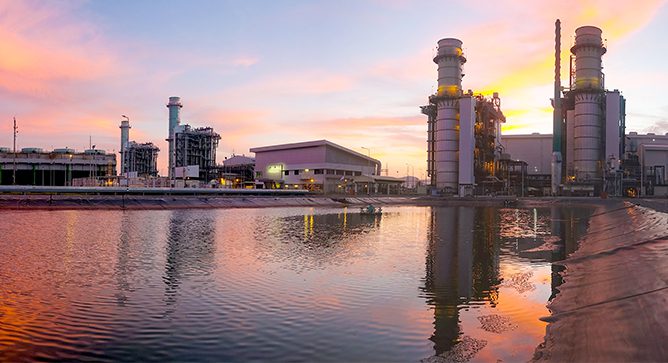News & Views, Volume 45 | Improved Asset Management Through Test Informed Analysis
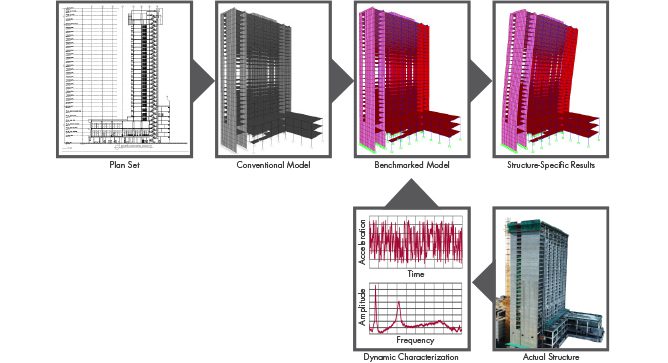
Introduction
Structures may experience unforeseen operating environments or site-specific hazards leading to changes in the structure’s performance, safety, and longevity. These changes often prompt asset owners to undertake analysis efforts to ensure satisfactory structural performance for the updated conditions. However, conventional analyses that fail to capture the true behavior of a structure can lead to inaccurate analysis results, causing owners to make less than ideal asset management decisions. Structural Integrity (SI) is uniquely positioned to pair our dynamic characterization and advanced structural analysis capabilities to generate a better structural model. SI vibration experts use impact testing, forced vibration, or ambient excitation sources, along with proprietary signal processing software, to non-destructively characterize the dynamic behavior of structural systems. This characterization is used to inform advanced structural analyses by SI analysis experts to provide more accurate results related to operational improvements, damage location, and retrofits.

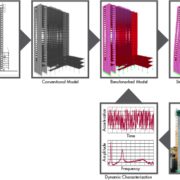
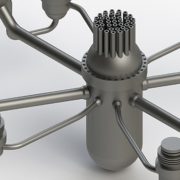
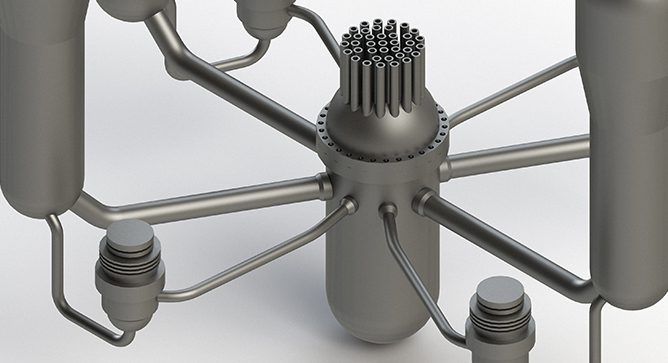
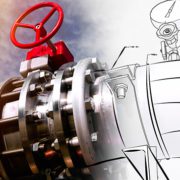
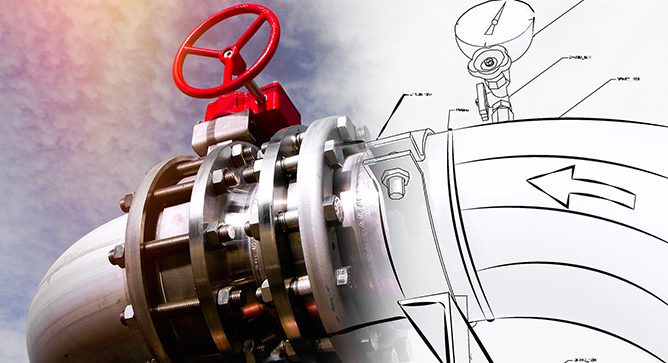
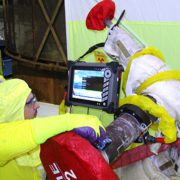
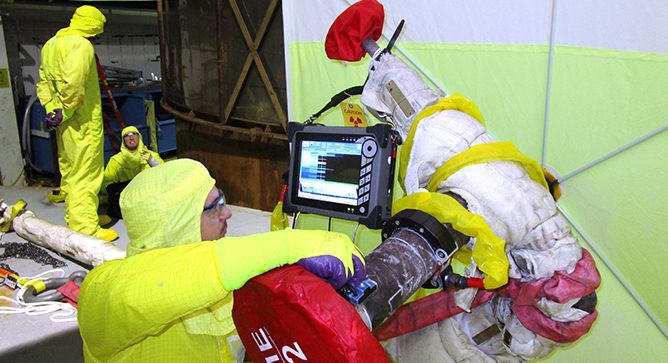

 High Energy Piping systems, including main steam and hot reheat piping, are typically very reliable and can often operate trouble-free for decades.
High Energy Piping systems, including main steam and hot reheat piping, are typically very reliable and can often operate trouble-free for decades.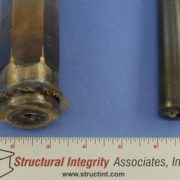
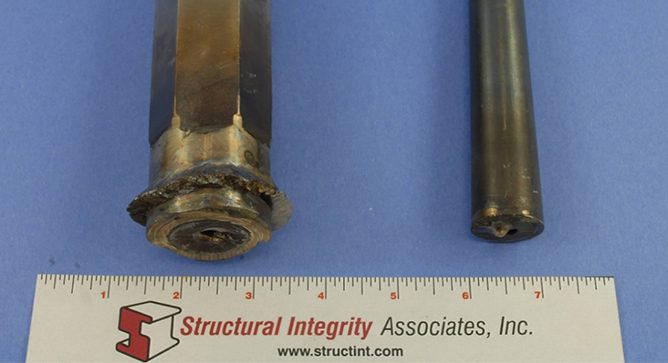 Structural Integrity (SI) was recently asked to examine a fractured thermowell and determine the damage mechanism.
Structural Integrity (SI) was recently asked to examine a fractured thermowell and determine the damage mechanism.
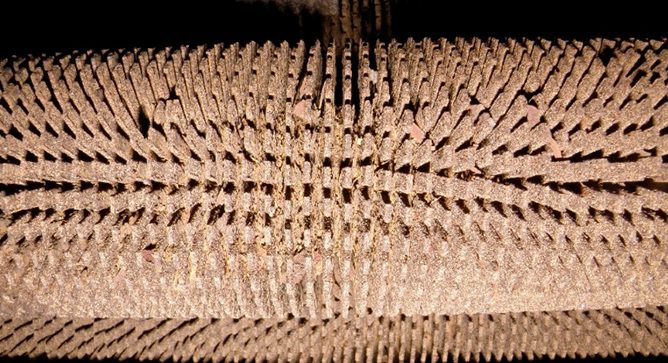 Acid dewpoint corrosion can occur in conventional and HRSG units in locations where temperatures fall below the sulfuric acid dewpoint temperature. This can occur when either the tube metal temperatures are below the acid dewpoint so that condensate forms on the metal surface, or when flue gas temperatures are below the acid dewpoint, so that the condensate will form on fly ash particles.
Acid dewpoint corrosion can occur in conventional and HRSG units in locations where temperatures fall below the sulfuric acid dewpoint temperature. This can occur when either the tube metal temperatures are below the acid dewpoint so that condensate forms on the metal surface, or when flue gas temperatures are below the acid dewpoint, so that the condensate will form on fly ash particles.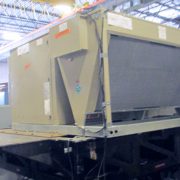
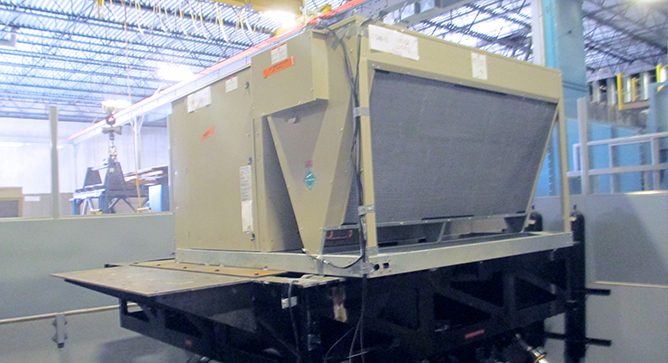 Whether it’s fair-trade coffee, sustain-ably harvested lumber, energy efficient appliances, or other certified products, consumers and companies look for products that have high standards of origin, production, and performance.
Whether it’s fair-trade coffee, sustain-ably harvested lumber, energy efficient appliances, or other certified products, consumers and companies look for products that have high standards of origin, production, and performance.
